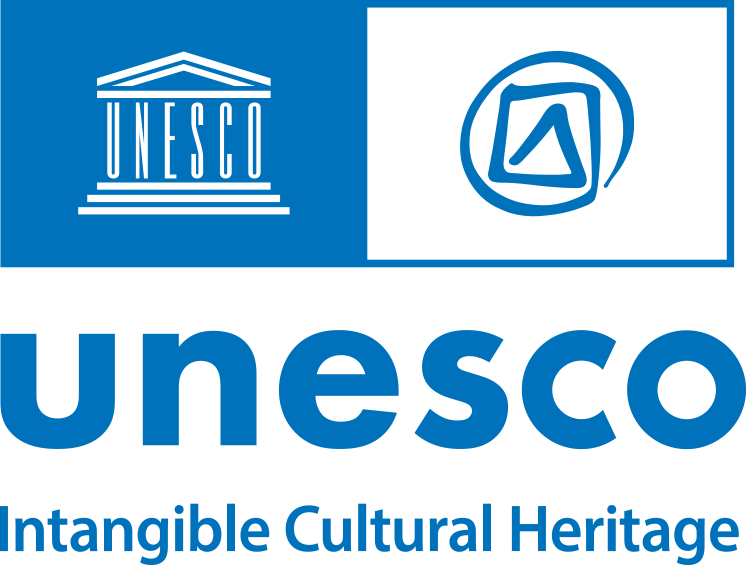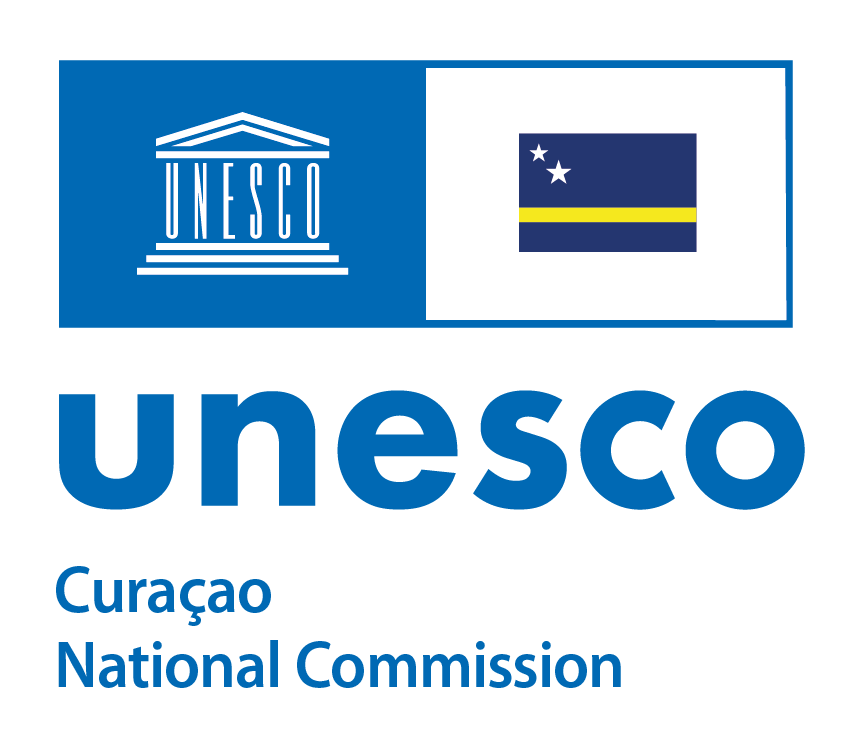Intangible Cultural Heritage
The term ‘cultural heritage’ has changed content considerably in recent decades, partially owing to the instruments developed by UNESCO. Cultural heritage does not end at monuments and collections of objects. It also includes traditions or living expressions inherited from our ancestors and passed on to our descendants, such as oral traditions, performing arts, social practices, rituals, festive events, knowledge and practices concerning nature and the universe or the knowledge and skills to produce traditional crafts.
While fragile, intangible cultural heritage is an important factor in maintaining cultural diversity in the face of growing globalization. An understanding of the intangible cultural heritage of different communities helps with intercultural dialogue, and encourages mutual respect for other ways of life.
Find out more about UNESCO’s Intangible Cultural Heritage programme

Safeguarding of the Intangible Cultural Heritage
In 2003, UNESCO created the Convention for the Safeguarding of the Intangible Cultural Heritage. It aims to safeguard specific forms of cultural heritage, which include practices, representations, expressions, knowledge, and skills that communities recognize as their cultural heritage. It is also a tool to support communities and the continued living practice, supporting the sustainability of communities of practitioners and viable transmission to future generations.
The Kingdom of the Netherlands ratified the Convention in 2012, and Associate Members of UNESCO within the Kingdom co-ratified the Convention in 2012 (Aruba), 2014 (Sint Maarten) and 2016 (Curaçao).
One of the tools of the Convention is a threefold international listing system that became operational in 2009 and includes: The Representative List of the Intangible Cultural Heritage of Humanity, the List of Intangible Cultural Heritage in Need of Urgent Safeguarding and the Register of Good Safeguarding Practices. These listing mechanisms have different objectives.
To realize implementation of the Convention on Intangible Cultural Heritage in Curaçao an Intangible Cultural Heritage Committee received approval and was established according to the COUNTRY DECREE of May 2, 2023 no. 23/1153 stating that:
The Governor of Curaçao, on the recommendation of the Minister of Education, Science, Culture and Sports, acting in accordance with the views of the Council of Ministers, the Governor of Curaçao, having taken into consideration:that on July 29, 2016, the 2003 Convention on the Safeguarding of the Intangible Cultural Heritage for Curaçao entered into force during the 36th session of the General Conference of UNESCO, while Curaçao was admitted as an associate member of this organization on October 25, 2011;
whereas, in accordance with Article 13(b) of the said Convention, it is desirable to designate or establish one or more competent bodies for the safeguarding/preservation of the intangible cultural heritage present in its territory;
Approval of the establishment of this Committee will fall under the final responsibility of the minister, and will be responsible for implementing the Convention in Curaçao.
Intangible Cultural Heritage Committee
Curaçao has an Intangible Cultural Heritage Committee which is responsible for the following tasks:
a. it functions as a think tank and ensures expertise development;
b. it takes note of Curacaos’ wishes with regard to the safeguarding/preservation of the intangible cultural heritage;
c. it advises the minister, upon request or of its own accord, on issues relating to the implementation of the treaty and, more specifically, it makes concrete proposals to the minister to promote the implementation of the treaty;
d. it provides information about the objectives, programme and activities of UNESCO and generally stimulates interest in Curaçao in the work of the Convention and the ideas underlying it;
e. it is responsible for education, awareness and capacity building;
f. it ensures the involvement of communities, groups and individuals in the safeguarding/preservation of the intangible cultural heritage;
g. it ensures a national representative list of the intangible cultural heritage;
h. it ensures a national list of intangible cultural heritage whose protection must be urgently safeguarded;
j. designs and implements programmes, projects and activities for the protection of the intangible cultural heritage;
k. ensures cooperation with national and foreign organizations concerned with intangible cultural heritage;
l. makes proposals to the minister for requests for international assistance
Committee Members
The members of the Intangible Cultural Heritage Committee consist of a representative of:
a. Policy organization of the Ministry of Education, Science, Culture and Sports,
b. Implementation organization Culture and Sport, of the Ministry of Education, Science, Culture and Sports,
c. National Anthropological Archaeological Memory Management (NAAM),
d. Foundation Museo Tula,
e. Two educational experts,
f. An expert in social work/ neighborhood development work
g. University of Curaçao Dr. Moises Da Costa Gomez,
h. Unidat di Bario,
as well as the following persons:
i. Dr. Rose Mary Allen;
j. Stephanie van Heijningen,
k. the Secretary General of the Curaçao National Commission for UNESCO as an advisory member
